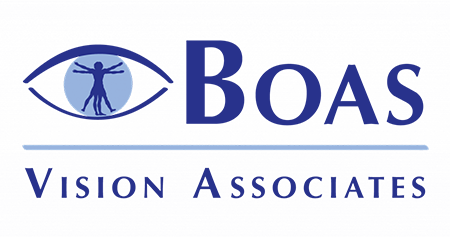
What is Strabismus?
Strabismus is the medical name and diagnosis for a visual condition in which the two eyes are not aligned and working together as a team at all times. In other words, the two eyes are not always fixating or focusing at the same place or on the same visual target simultaneously (that’ binocular vision).
Reduced vision is a result. Symptoms can include double vision, loss of vision in one eye (amblyopia), loss of binocular vision and depth perception, learning disability, anxiety, being accident-prone and more.
Strabismus vs. Amblyopia (Lazy Eye) – Are They the Same Eye Condition or Medical Diagnosis?
Strabismus and Amblyopia are not the same eye / vision condition or medical diagnosis. “ Eye” is the common or vernacular term for the medical diagnosis named Amblyopia.
People sometimes confuse Strabismus with Amblyopia and use the term “ Eye” interchangably for the two different conditions. Some reasons for this confusion: (1) a few types of strabismus (e.g., constant esotropia or exotropia) can cause amblyopia (but most types do not); (2) there is a general lack of knowledge about the different types of common binocular vision impairments and (3) there is a long popular history of misusing the term lazy eye to refer to all of types of visible eye turns (that’ Strabismus). For example, some people will say “ eye” instead of using common or vernacular terms for strabismus like “ eyes” or “ eyed” or “-eyed.”.
Amblyopia and Crossed Eyes
Many children and adults with true Amblyopia do not have a visible eye turn. You can not tell that one of the person’ eyes isn’ working just by looking at them. That’ why a child’ first eye exam should take place at six months! Amblyopia causes more visual loss in the under 40 age group than all the injuries and diseases combined in this age group.
Strabismus vs. Amblyopia – Is Treatment the Same?
Although Strabismus and Lazy Eye (Amblyopia) are not the same condition or diagnosis, they do sometimes occur at the same time or one can cause the other. Treatment is not always the exactly same, but Vision Therapy Rehabilitation — with or without corrective lenses — is effective treatment for both of these conditions.
Strabismus Treatments – All Options
Treatments for Strabismus include Strabismus Surgery, Atropine Drops, Botox injections, Corrective Lenses with or without prism, and Vision Therapy (including Orthoptics). Any treatment that addresses the eye muscles only, such as Strabismus Surgery or medications (Atropine, Botox) will most likely not change the brain and nervous system enough to normalize vision and to bring about improved vision, such as binocular vision and 3D stereo vision (stereopsis). And in many cases, in terms of cosmetic results only, even after repeated strabismus surgeries, lasting normal appearance is still not achieved.
In other words, Strabismus Surgery often is cosmetic surgery only whereas Vision Therapy (strabismus treatment without surgery) changes eyes, brain, and body to improve both appearance and vision at the same time.
Vision Therapy for Strabismus
Vision Therapy — strabismus treatment without surgery; with or without corrective lenses — is the most effective and non-invasive treatment for Strabismus. In a Vision Therapy program, eye exercises, lenses, and/or other therapy activities are used to treat the brain and nervous system which control the eye muscles. Vision Therapy produces both positive cosmetic results and vision improvement (3D vision, stereopsis, binocular depth perception, etc.).
Strabismus Surgery Treatment – Pre- and Post-surgical
In some cases of Strabismus (such as congenital esotropia), surgery is part of the treatment plan or the patient has already had one or more strabismus surgeries. Our practice provides expert pre- and post- surgical consultation, primary eye care, and therapy. We can help you make a fully informed decision. Our recommendations will depend on the type of strabismus and many other factors. We will inform you as to the possible risks and outcomes. For example, we will want you to be aware that strabismus surgery often has to be repeated because the eye straightening effects do not last and the eye turn comes back or changes direction.
To learn more about our advanced therapies for other medical conditions that can be diagnosed or overlap with Strabismus, see:
- Lazy Eye (Amblyopia) Treatment with Vision Therapy
- Convergence Insufficiency Treatment with Vision Therapy
- Treatment of Eye Tracking with Vision Therapy Exercises

By Appointment Only